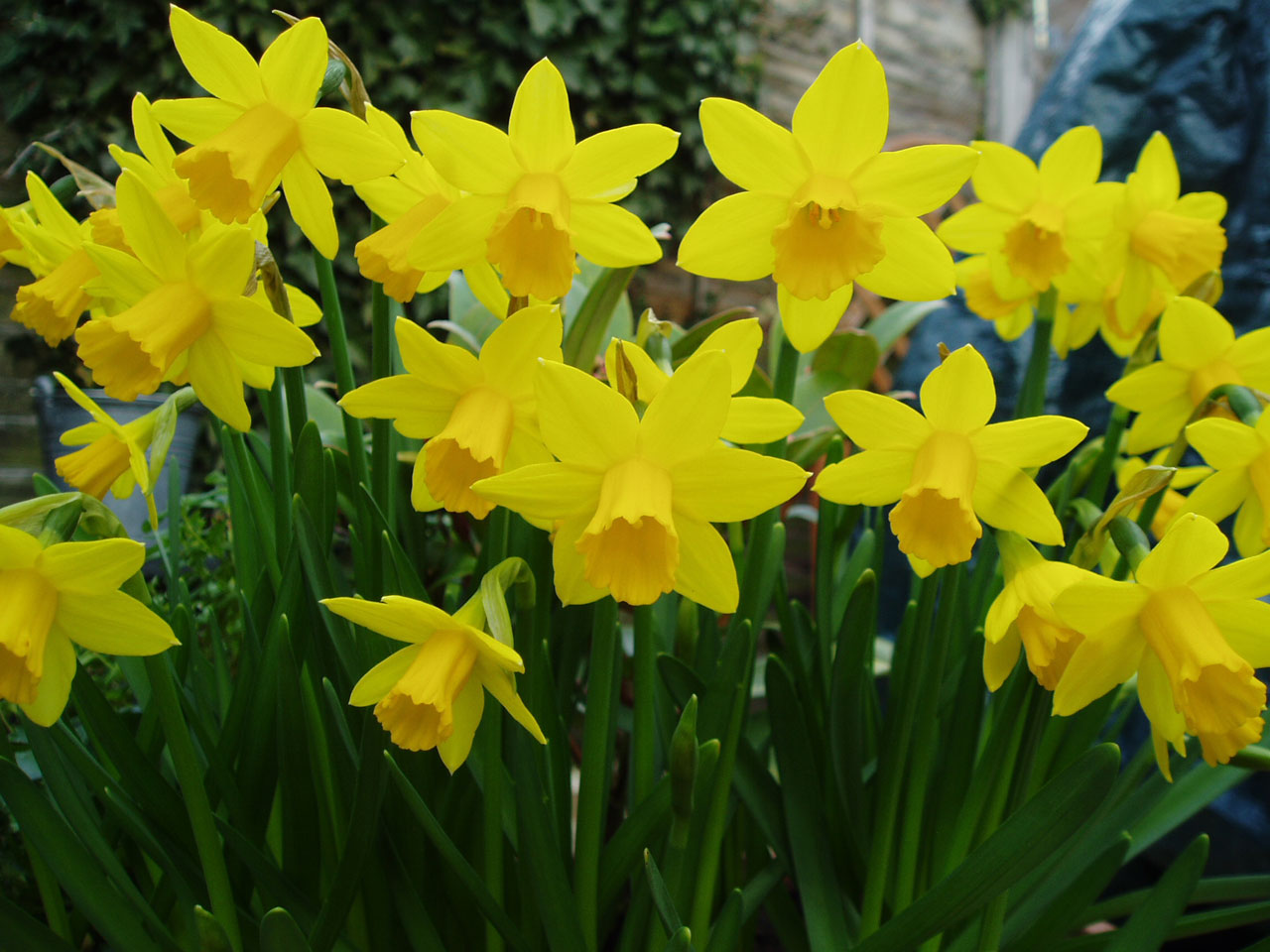Search all COVID-19 related resources in the Library/Media Center
IMLS AMERICAN RESCUE PLAN GRANTS
DEADLINE JUNE 28, 2021 – LEARN MORE
BUSINESS CONTINUITY AND RECOVERY RESOURCES
Financial Assistance
- NEA: ARP Recovery Grants Applications Due August 12, 2021
- House: Shuttered Venue Operators Grant Fund Information and updated forms:
- AAM Co-present webinar: Covid Relief for Museums and Cultural Institutions (Feb 2021)
- AAM: Finding financial relief and support (for individuals and institutions)
- Stanley Smith Horticultural Trust: COVID-19 Response Grants
- ASTC: New COVID relief grants program for shuttered venues includes museums (Dec 22)
- SBA: Paycheck Protection Program Loan Frogiveness Application
- IMLS: IMLS CARES Act Grants Due June 12
- SBA: Relief Options (including Economic Injury Disaster Loans)
- SBA: Paycheck Protection Program Resources
- National Endowment for the Arts Coronavirus Portal
- National Endowment for the Humanities Coronavirus FAQs
- Institute of Museum and Library Services COVID-19 updates
- FarmDoc Brief: USDA Relief in the CARES Act
- Highlights of the Coronavirus Aid, Relief, and Economic Security (CARES) Act
- Senate: Appropriations Committee Summary
- Senate: Section Summary
- House: Rebates FAQ
- NCN: How the COVID-19 Economic Stimulus Bill Would Affect Nonprofits
Business Planning Resources
- Public Garden Benchmarking – Use to prepare materials for loans, grants, presentations to stakeholders and continuity planning
- AAM TrendsWatch: The Future of Financial Sustainnability
- AmericanHort: Things you can be doing to prepare your business for the months to come.
- AEI: Coronavirus Roadmap to National Recovery
- March 2020 Garden Closure Survey Summary
 REOPENING RESOURCES
REOPENING RESOURCES
Considerations for Reopening
- Env Health & Engineering: Implementation of Field Guide for Camps
- Industry Guidance for Outdoor Museums and Galleries
- CDC: Field Guide for Camps
- CDC Decision Tree: Reopening America Workers at Risk
- BHS: Reopening a Public Garden After the Coronoavirus Shutdown
- CDC: Six Coronavirus Symptoms to Watch For
- John Hopkins: Public Health Principles for a Phased Reopening During COVID-19: Guidance for Governors
- AAM Recommendations: Considerations for Museum Reopenings
- Event Procedures during COVID-19
Public Reopening Plan Summaries
- Download this Template – revise per your governing jurisdiction's requirements
- VanDusen Botanical Garden, Vancouver, British Columbia – reopened May 1st
- San Antonio Botanical Garden, Texas – reopened May 3rd
- Holden Forest & Gardens, Ohio – approved for reopening May 12
- Filoli, California – Soft opening on May 4
Internal Reopening Operations Planning
- Disability Issues Brief: The ADA and Face Mask
- CPI: De-Escalation Tips in Light of Coronavirus Anxiety
- CPI: Seven Principles for Effective Verbal Intervention
- ACME: Calculating Capacity
- CDC: Reopening Guidance on Cleaning & Disinfecting
- Colleen Dilenschneider: Why Members and Subscribers Are Critical for Your Reopening Strategy (DATA)
- Workplace Readiness Checklist
- Guidance on Reopening Retail
- National Restaurant Association Reopening Guidance
Sample Internal Reopening Operations Plans
- Atlanta Botanical Garden: Reopening Plan (updated with changing mandates)
- San Antonio Botanical Garden: Reopen Operations Plan Version 5.0
- Denver Botanic Gardens: Phased Reopening Plan
- Filoli: Public Plan Summary
- Mt. Cuba Center: Reopening Playbook for Phase 1
- Mt. Cuba Center: Mulit-Phase Reopening Plan
- Longwood Gardens: Employee and Guest Health and Safety
- Longwood Gardens: Capacity Distribution and Guest Circulation
EMPLOYEE MANAGEMENT AND OPERATIONS RESOURCES
- Association Heath Care Program: concierge service to our members in need of Individual, Family, and Business/Employee health insurance coverage options.
- Membership and Development Strategies During COVID-19
 Essential Staff Operations Planning & Procedures During Pandemic
Essential Staff Operations Planning & Procedures During Pandemic- Los Angeles Public Health Guidance on Groups
- Association Telecommuting and Remote Work Policy
- OSHA: Guidance on Preparing Workplaces for COVID-19
- PA SOH: Directing Public Health Safety Measures for Businesses Permitted to Maintain In-person Operations
- Built Environment Considerations To Reduce Transmission
- FFCRA: The Department of Labor released guidance clarifying that the effective date of the Family First Coronavirus Response Act (FFCRA)
- Questions & Answers
- Employer Paid Leave Requirements
- Employee Paid Leave Rights
- FFCRA Notice Poster – the law requires that any private employer with less than 500 employees keep this notice posted in conspicuous places on the premises of the employer where notices to employees are customarily posted.
- SHRM: Employment Law: Coronavirus information and facts
- SHRM: Workflex and Telework Guide
GENERAL/MAPS
- AmericanHort: Coronavirus Resource Center
- Communication tips & Guidelines
- Weaving The Benefit of Plants into communication plans
- Yale: Key readings about climate change and coronavirus. Writers and reporters offer insights on the comparisons between two urgent global problems, including how Coronavirus Holds Key Lessons on How to Fight Climate Change
- MAP: Worldwide Coronavirus COVID-19 Global Cases by Johns Hopkins CSSE
- CDC: Centers for Disease Control and Prevention Coronavirus 2019 (COVID-19)
- WHO: Coronavirus disease (COVID-19) outbreak
- WHO: Key planning recommendations for Mass Gatherings in the context of the current COVID-19 outbreak (Interim guidance)
- AAM: Coronavirus Resources and Information for the Museum Field
- AAMD: Museums and COVID-19 (has great leadership in times of crisis information)
Your own County or Regional Public Health Authority will have preparedness guidelines that are particularly useful for you to familiarize yourself with and/or distribute to your Staff/Volunteers. They will mirror what they are seeing from other local organizations such as Schools, etc.




